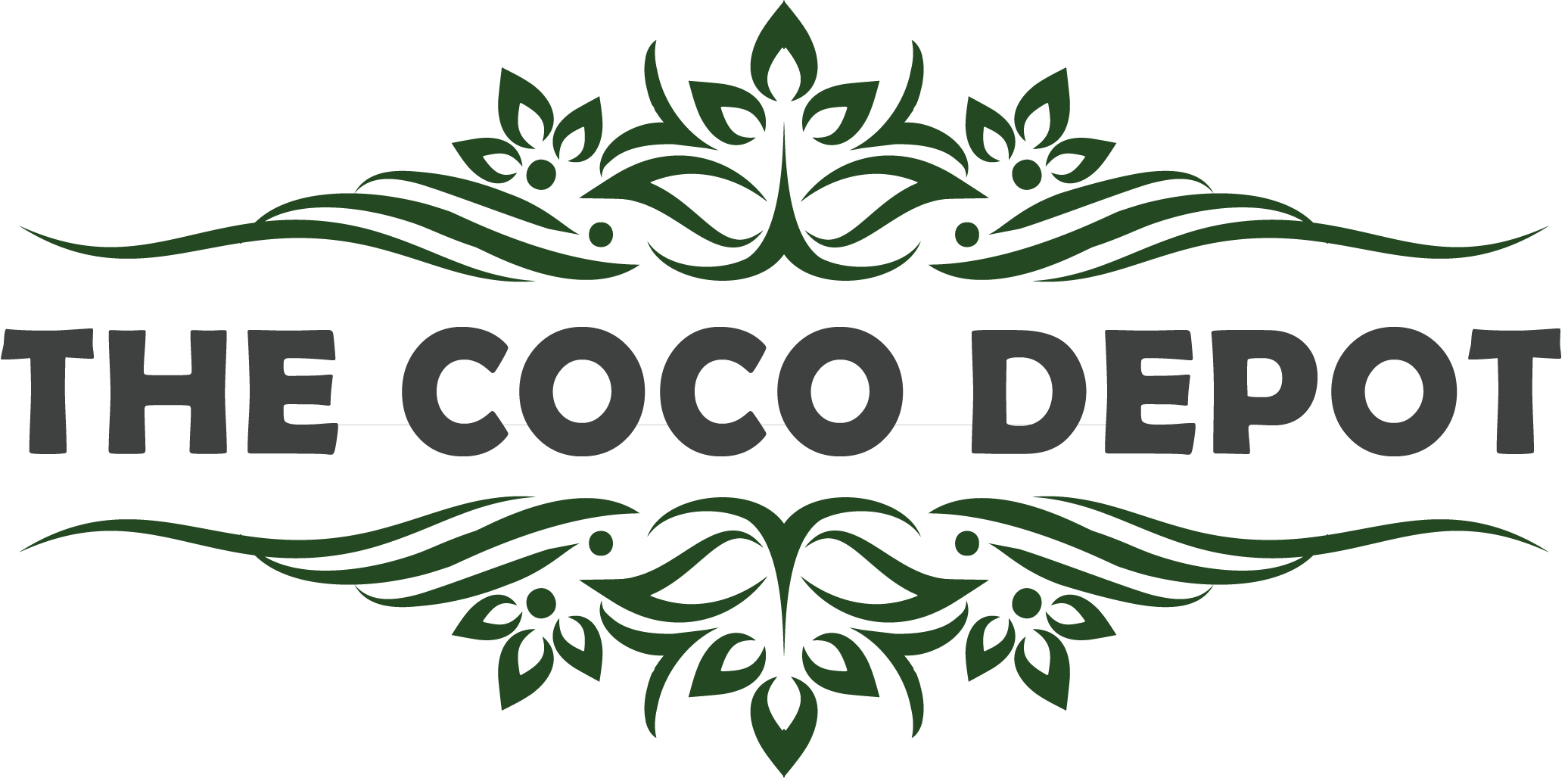Coco peat is a by-product of the extraction of fiber fabricated by a thorough refinement of natural in-take of coconut husk. The extracted long coconut husk fibres are used to make ropes, mats and a variety of other items, but the short-to-medium length fibres and coconut pith that remain have no industrial value. The remaining coir waste, often known as coir dust or coco peat, are utilised for gardening the most after all of the fibre has been removed.
Growing your own vegetables is one of the most appealing aspects of nurturing your own garden. However, because of the environmental concerns associated with traditional planting materials, many horticulturists are moving to more environmentally friendly methods for growing their vegetables. Coco coir, which is made from the fibrous husks of a coconut, is one such approach that is growing in popularity.
Growing vegetables in coco peat
Using coco peat to grow vegetables is similar to using traditional composts or soils. However, there are a few minor distinctions. Taking note of these changes and changing your gardening routine accordingly will ensure that you get the most out of your vegetable growing while also being far more environmentally friendly.
Until seedlings produce their first set of genuine leaves, coco peat starter plugs can be used without fertiliser for seed germination. Because coco peat can hold a high level of moisture, which promotes seed germination, it can speed up seed germination, while its soft and mild texture makes it simple for delicate new roots to sprout through. You can either transplant your seeds into soil or larger containers once they have developed strong roots and their first set of true leaves.
Coco peat is an excellent choice for growing veggies in containers. You can use coco peat for container plants since it makes the container half as light as if it were filled with soil, making it much easier for you to move your plants around. The ease of use isn't the only benefit of using coco peat for vegetable production.
Nitrogen, Phosphorus, and Potassium are the most widely recommended nutrients for vegetable growing. Make sure to weigh the proportions carefully, as too much of a good thing can be harmful. This is true regardless of the compost/soil you're using, so consider the specific demands of the produce you're growing for the greatest outcomes. Using an organic fertiliser or plant food in conjunction with coco coir is another approach to ensure that your vegetables receive all of the nutrients they require.
Another factor to consider when growing vegetables in coco coir is how soft it can be in peat form, which is especially important when planting climbing vegetables like tomatoes or beans. While compost is rigid enough to support stakes on its own, coco coir requires a little more effort. One option is to use two larger, stronger poles joined by rope on either side of the bed. You can connect threads to your plants and train them to climb upwards from here.
Benefits of Coco Peat for growing
- The ability of coco coir to absorb and retain water is one of its main advantages. You may have noticed that while watering vegetables planted in peat moss compost, the water sits on the surface for a long time before being absorbed. Coco peat absorbs water quickly and provides immediate hydration. This results in improved root growth, which leads to bigger, stronger plants.Coco peat is excellent at retaining water once it has been exposed to it. This means you may water your plants less regularly, resulting in a larger crop with less work.
- Although coco peat works well in pots, its pH level makes it perfect for usage in the garden. It's critical to evaluate the acidity of a soil before growing anything outside and determine whether it needs to be neutralised. Because coco coir has a slightly alkaline pH of 5.8–6, it doesn't require any additional goods to neutralise soil. This amount of acidity is also thought to be ideal for releasing nutrients gradually.
- Another significant advantage of coco coir, especially when compared to peat moss, is that it is reusable. It only has to be rinsed in filtered water, drained and reused once it has been used to grow a plant, making it both environmentally and financially friendly. It's important to remember that coco coir is really not completely biodegradable. If disposed of in a landfill, it will take a long time to decompose completely. It is not suggested to be thrown away in the interest of sustainability.
- Pathogens can easily develop in most soilless media, but coco peat possesses antifungal properties due to beneficial bacteria that naturally thrive in it, which protect plants from other harmful bacteria.


1 comment
Can you use coco peat for cannabis growing as a top soil mix?